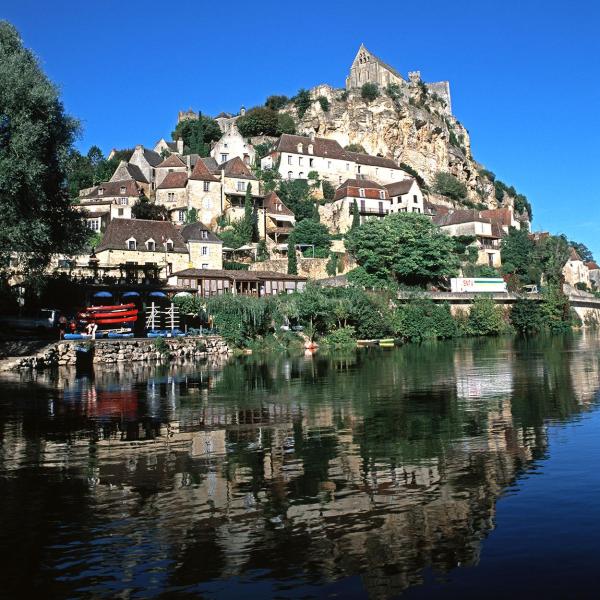987–1453: Middle Ages

Towards the end of the 10th Century Hugh Capet, a descendant of the Frankish Noble Robert the Strong, formed the Capetian dynasty which was to rule France till 1789. (After 1328 in the form of the House of Valois and from 1589 the Bourbons). The 11th and 12th Centuries saw two events which were to, impact France during the ensuing centuries - first the Norman Conquest of England in 1066 and second during the mid-12th Century was the Cathar Heresy in the South.
During the 12th Century the marriage of Eleanor of Aquitaine to Henry Plantagenet, soon to become Henry II of England, brought about the gradual occupation of most of Western France, including the Périgord and Quercy, by the English.

However, the so-called Hundred Years War between the two kingdoms broke out in 1345 and the territory passed back and forward between them. Ultimately the English lost the Périgord which was returned to French rule permanently by 1369, although the Quercy remained English until 1440.
English involvement in French history lasted till the end of the Hundred Years’ War during which both sides had their victories and defeats. The battle of Agincourt in 1415 was a significant defeat for the French while the Siege of Orleans lasting from 1428 till 1429, where the French were led by Joan d’Arc, was a notable victory for them. The French also won the final battle at Castillon in 1453 and after that the English withdrew from France.